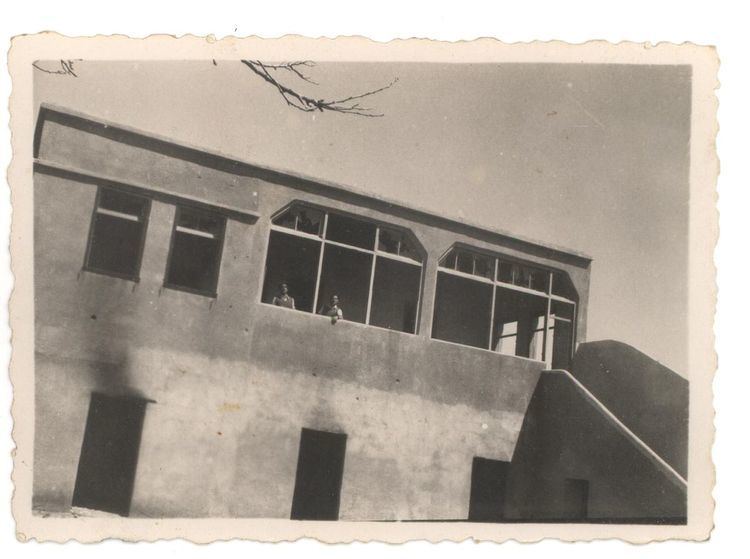Arabic بِيار عدس Also spelled Bir Adas Palestine grid 142/173 Local time Friday 1:21 AM | Area 5,492 dunams5.5 km² Date of depopulation 12 April 1948 | |
 | ||
Weather 13°C, Wind SE at 13 km/h, 90% Humidity | ||
Biyar 'Adas (Arabic: بِيار عدس) was a Palestinian Arab village located 19 km northeast of the city of Tel Aviv. In 1945 the village had a population of 300 and a total land area of 5,492 dunums.
Contents
History
In 1882, the Palestine Exploration Fund's Survey of Western Palestine (SWP) described Biyar 'Adas as a village built of adobe bricks, with a well to the east.
British Mandate era
In the 1922 census of Palestine, conducted by the British Mandate authorities, Biar Adas had a population of 87, all Muslims, increasing in the 1931 census to 161, still all Muslim, in a total of 28 houses.
In the early hours of May 29, 1939, 25 members of the Irgun led by Moshe Moldovsky attacked Biyar 'Adas. They forced their way into two houses and shot dead one man and four women. Two men and a girl were wounded. A letter from Ze'ev Jabotinsky to the Irgun command ordered that the organization must avoid giving the impression that women were being deliberately targeted.
By 1944/45 the village had a total of 1,604 dunums of land used for citrus and bananas, 3,413 dunums to cereals, 181 dunums were irrigated or used for orchards, while 14 dunams were classified as built-up areas.
1948, and aftermath
It was captured by the Lehi, an offshoot of Israel's forces, the Haganah on April 12, 1948.
Adanim was established on village land, southwest of the village site, in 1950. In 1951 EliShama was built on village land.
Khalidi described the place in 1992:
The site is marked by cactuses, fig trees, palm trees, and the debris of houses. Some houses and sections of houses that were built among citrus groves still stand, deserted, amidst wild vegetation. All are made of concrete and possess a variety of architectural designs, ranging from the elaborate to the simple. Their roofs are flat, slanted, or gabled, and their doors and windows are rectangular. The land in the vicinity is cultivated and is covered in places by Israeli fruit orchards.
